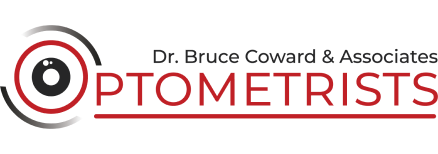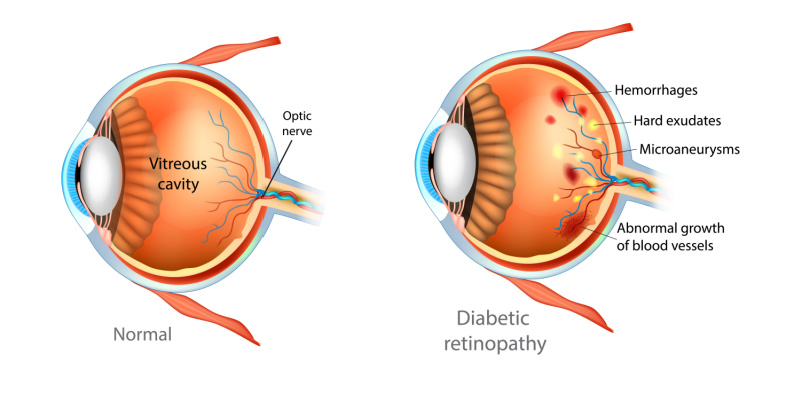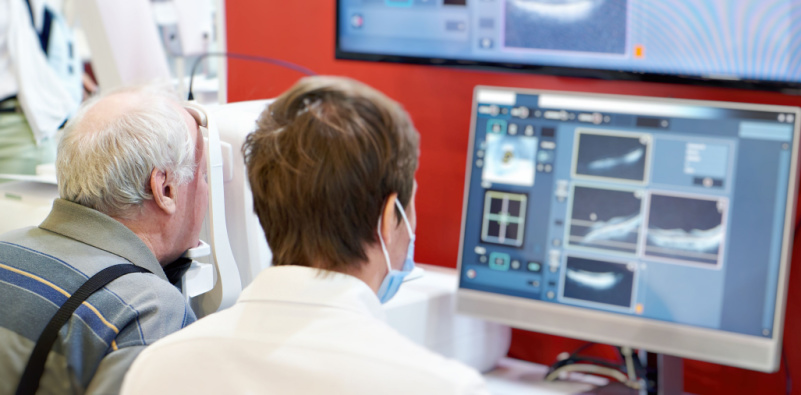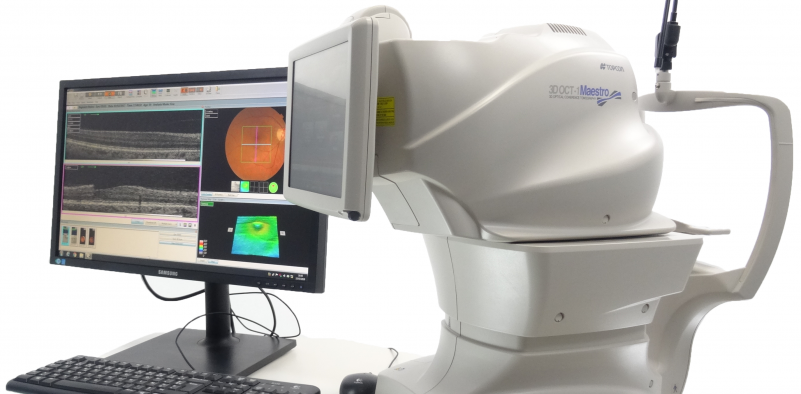What is an OCT eye scan?

You already know the importance of getting regular comprehensive eye exams. This is your port of call for keeping track of your vision and eye health, but did you know our optometrists can also detect serious eye health conditions like diabetic retinopathy, and glaucoma, and even some general health conditions like high blood pressure with the help of our advanced OCT (Optical Coherence Tomography) eye scan?
Optical Coherence Tomography (OCT)

Our optometrists highly encourage having an OCT eye scan alongside your routine eye exam. This advanced scan goes further than a traditional eye exam, as it helps us to see and assess all the layers of your retina, and measure their thickness, as well as view the optic nerve at the back of your eye to identify even the smallest changes or anomalies and pinpoint exactly where they are.
This means the OCT can detect a variety of eye conditions in their early stages so we can diagnose them and help you get the appropriate treatment before they can do serious damage to your eyes, sometimes years before you notice any symptoms and irreversible damage has already occurred. Some of the conditions it can detect include:
- age-related macular degeneration (AMD)
- glaucoma
- retinal detachments
- cataracts
This scan can also help our optometrists to diagnose diabetic retinopathy, a serious eye condition that if left untreated can result in reduced vision or even sight loss.
What is diabetic retinopathy?
Diabetic retinopathy occurs in patients with diabetes, resulting from uncontrolled high blood sugar levels which damage the retina through leaky blood vessels that form and cause bleeding. It can lead to various complications, like retinal detachments, and can even contribute towards the development of glaucoma and cataracts.
What happens during an OCT scan?
An OCT eye scan is painless and non-invasive. Taking just 50 seconds, it offers a window into your eye health that can have life-changing results by taking cross sectional images of your retina using light waves, which then generate 3D images. Your optometrist may have to dilate your eye in order to get the best possible view of the back of your eye, before they ask you to sit in front of the OCT machine on a chin rest.
Next, you will be asked to look into the viewfinder while the OCT machine scans your eyes. Your eyes may be sensitive to light while the dilation wears off, but your vision will return to normal in an hour or so.
Who can get an OCT scan?
Anyone can get an OCT eye scan, particularly if the patient has a history of eye conditions, or is considered at risk of developing them. Your optometrist may recommend an OCT scan as part of your regular comprehensive eye exam.
This will not only help them get a more detailed look at your eye health, but also help them track the progression of any concerns such as abnormalities after each visit by comparing scan results to previous ones so that diagnosis can be made early on, and any required treatment can begin as soon as possible.
How to book an Optical Coherence Tomography scan
If you have never had an OCT scan, then contact Dr. Coward & Associates – your trusted optometrists in Ontario, CA to learn more and get it scheduled along with your regular comprehensive eye exam. Investing in the latest state-of-the-art diagnostic equipment and ensuring all our staff members are fully trained to use the OCT is part of our commitment to continue exceeding your expectations and provide the best customer service and clinical excellence to meet your eyecare needs.





